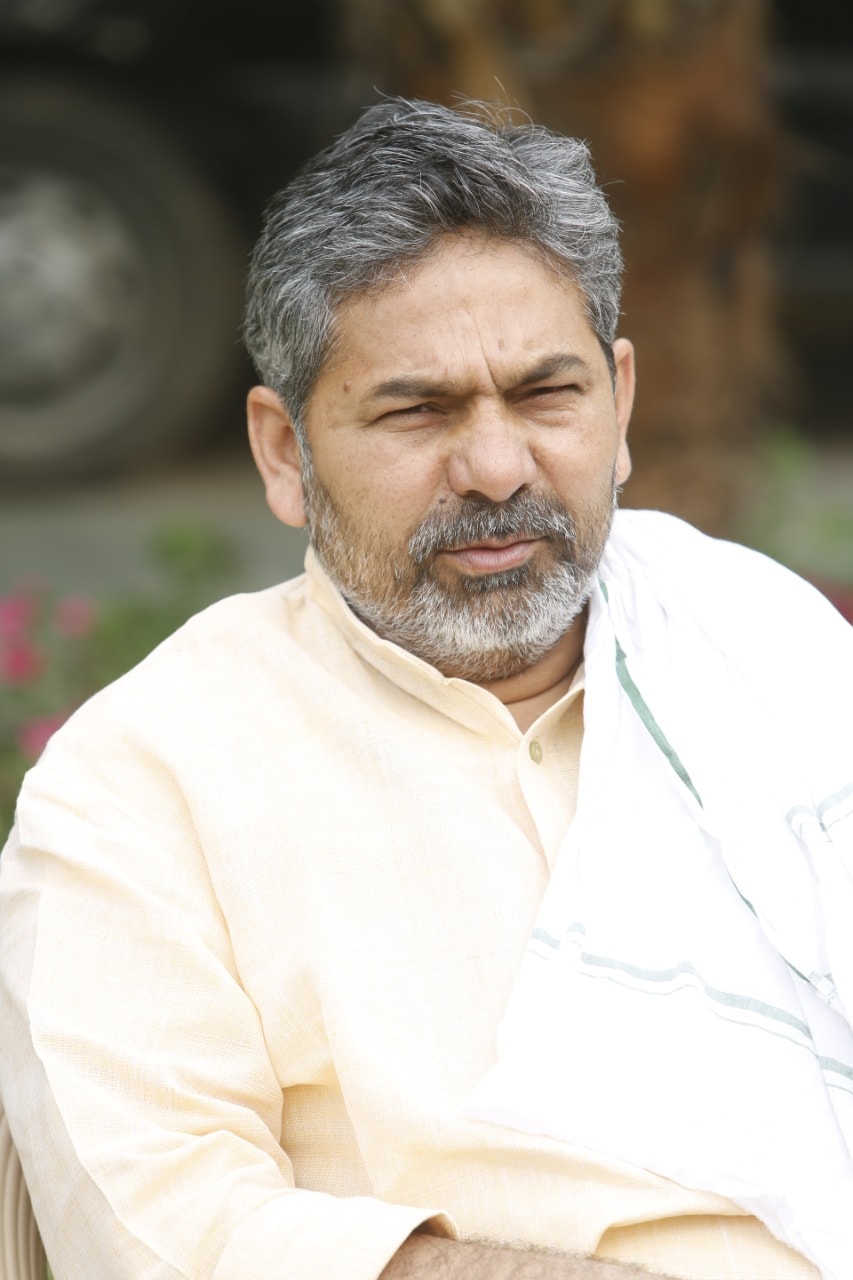The Difference Between Office and Home Conflicts

The luxury of human communication has a downside: conflicts. They are born everywhere: in the family, at work, on the road, and on the street. Conflicts can be ignored, avoided, denied, or feared, but they are inevitable. One thing that remains is to learn to understand them —knowing the nature of conflicts will tell you how to handle them and deal with them with dignity.
Table of Contents
What is conflict?
Conflict is a clash of different people’s interests, ideas, values, and opinions and a competition for satisfying their needs. The associations the word “conflict” carries are colored with shades of negativity: aggression, quarrel, clarification of relations, powerlessness, stress, and rage. But like every coin, a conflict situation has two sides: a dark side and a light side. The bright side is the ability to benefit and learn from an uncomfortable situation.
In a conflict situation, energy is exchanged, so it takes at least two people. As long as the argument or confrontation is on “neutral ground,” there is no conflict. As soon as the phrases “YOU got me wrong,” “YOU are wrong,” and “YOU did the wrong thing” begin to be heard, the conflict boundary shifts to the side of the less experienced opponent. The attacker shows aggression, and the other makes excuses or tries to escape an unpleasant situation.
Life without conflict is an illusion. Even people who call themselves conflict-free get into unpleasant situations but prefer to shut up, walk away, end an argument with nervous laughter, or direct aggression at themselves. Therapists who understand the practice of conflict in psychology argue that behavior under challenging situations is inherent in us since childhood. You can develop your own tactics to come out of conflict situations without a loss of dignity. But first – to understand their classification.
Examples of conflicts
The topic of conflicts and their resolution excites not only practicing psychologists. Diplomats, scientists, politicians, and entrepreneurs are concerned about it at different levels. The science of Conflict resolution clarifies what a conflict is, how it arises and how it can be resolved at different levels. Examines their positive and negative impact, the role of the individual and group of individuals, its relationship to common and personal values, the social result, styles of conflict management, and the significance.
Let’s talk more about the two most common types of conflicts: family and work conflicts.
Family conflicts
Family conflicts between spouses do not necessarily lead to divorce. An unproductive form of conflict – silent or passive – leads to a breakup. It does not evaporate but accumulates and matures over the years, poisoning the lives of husband and wife, children, and others. Why does this happen? Because there is an opinion that happy families do not quarrel. It is a popular opinion but, alas, a mistaken one. It is possible and necessary to quarrel. Yet it is not necessary to throw plates or cut clothes into rags.
An example of a conflict that sooner or later leads to an “explosion” is silent jealousy. When one spouse is jealous, silent for weeks, causing the other to agonize in suspense. Such psychological discomfort is endured by people who are used to emotional abuse. But at some point, they can run out of patience too.
Family conflicts between children and parents can continue the fight between spouses when parents try to draw the child to their side and manipulate the relationship. Child-parent conflict can have a different history and last even when the children grow up and live separately.
Child-parent conflict is an example of complicated relationships and family tragedy in the literature that includes all writers in the story. And no wonder this theme is so hard that it makes adults cry.
Workplace conflicts
Office conflicts are an unavoidable evil. Local confrontation in the workplace is a common situation that is often resolved correctly. But there is an alarmist in any team who manages to emotionally stir up any work situation. Further confrontation is aggravated by the personal animosity involved. Then the working conflict moves into the plane of dirty scandals, gossip, banal showdown, revenge, and humiliation. Such conflicts gradually involve new employees, and if the situation is allowed to stand on its own, the company’s service, image, and income suffer. In such a situation, the role of a peacemaker manager comes to the fore.
An example of a work conflict is unclear job descriptions. In such cases, any problematic work, additional task, or extra hours is met with anger: “this is not part of my duties”, “why me?”, “Look, a colleague works much less. Assign the work to him”.
When a conflict involves the head, the situation from a “horizontal” develops into a “vertical”. Regardless of a work issues disagreement or a personality mismatch, the subordinate has a hard time in any case. After all, the manager is vested with additional power. If the employee values his position, he is forced to find ways out of the conflict “with little blood”.




